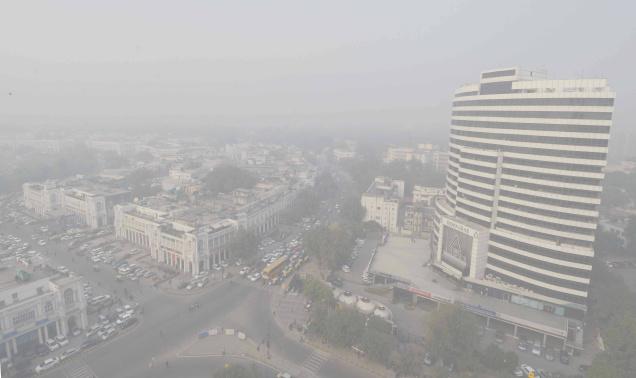 Though Delhi faces the same challenge in cleaning up its air as Beijing, the Indian Capital lacks the aggressive approach needed to protect public health, according to a study by the Centre for Science and Environment.
Though Delhi faces the same challenge in cleaning up its air as Beijing, the Indian Capital lacks the aggressive approach needed to protect public health, according to a study by the Centre for Science and Environment.
After comparing air quality data from the Beijing Environmental Protection Bureau, the Delhi Pollution Control Committee and the Central Pollution Control Board, the CSE found that Beijing has worked much harder in reducing pollution and achieved a lot on that front. On the other hand, Delhi is losing the race very fast and is more polluted than Beijing.
Both cities face serious pressures to clean up their air. But Delhi seems to lack Beijing’s scale, stringency and frenetic pace of action.
After years of consistent and aggressive efforts, Beijing has evidence to show an improvement in its air quality. Delhi, on the other hand, has lost its air quality gains due to weak enforcement.
The Capital has introduced Euro IV emission standards. All buses and auto-rickshaws and some taxis run on CNG. Public transport has been augmented by the Metro and new buses, but the scale is not adequate. Since 2000, many studies have been published that give evidence of the smog’s toxic risk to Delhiites. Many of these studies have been carried out by doctors at the All-India Institute of Medical Sciences, Vallabhbhai Patel Chest Institute and St. Stephen’s Hospital.
Over the years, these hospitals have reported prevalence of chronic respiratory symptoms, increase in emergency room visits during the winter for asthma, chronic obstructive lung disease and heart attacks.
The reports show vitamin D deficiency in children living in polluted localities. This increases their risk of developing rickets and eye disorders.
According to the CSE, Delhi needs aggressive and time-bound action to meet clean air standards and reduce public health risks. The city will have to meet the ambient air quality standards prescribed by the 12 Five Year Plan by the end of the plan period. This requires time-bound action plan for each source of pollution, especially automobiles.
Restricting car usage, upgrading public transport with walking and cycling access, and leapfrogging vehicle emissions standards to Euro V and Euro VI are the options available.
To control vehicular pollution and congestion, the authorities in Beijing have already fixed the number of cars that can be sold in one year to 2,40,000. This year onwards, this limit will be lowered further to 1,50,000 new licenses annually.
